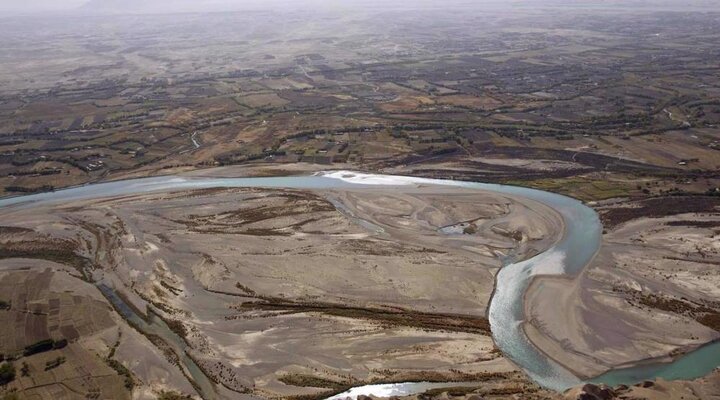Iran (IMNA) - "The treaty issue is a legal issue to which the Afghan government has pledged and declared its adherence." It must also put the pact into effect," the special envoy stated during a TV program on Monday.
"The official agencies of the Islamic Republic, in particular the Foreign Ministry, are monitoring the rights of the populace. I'm hoping the problem will be rectified this year.
The Helmand River, which is the longest body of water in Afghanistan, originates in the Hindu Kush Mountains to the west of Kabul and travels in an arc to the southwest until emptying into the Hamoun marshes in Iran's Sistan and Baluchestan Province.
Iran and Afghanistan signed the 1973 pact, which created a mechanism for controlling each country's usage of the river, after more than a century of disputes over Helmand's water supply.
According to the agreement, which Afghanistan has flagrantly broken both in law and in spirit, Iran should get an annual share of 820 million cubic meters from Helmand.
Many Iranians who depend on the Hamoun wetlands for drinking water, agriculture, and fishing are in peril since Afghanistan has largely stopped the Helmand River's flow into Iran.
Dams that Afghanistan has added on the Helmand River have restricted water flow into Iran.
In contrast to Iran's legal entitlement of 820 million cubic meters, Kazemi-Qomi said that just 27 million cubic meters of water entered Iran last year.
He stated that farmers in the Afghan regions of Nimruz, Helmand, Kandahar, and Zabul have been protesting water shortages.


Your Comment